Rosacea is a condition which usually presents with redness or flushing of the forehead, cheeks, chin or nose which may come and go or persist into adult life. There are four different subtypes. Some people have more than one subtype at the same time, and each subtype requires different treatment.
Subtype 1: Facial redness, flushing, visible blood vessels
The signs and symptoms include flushing and redness in the center of the face, visible broken blood vessels, swollen skin, sensitive or burning skin, and dry skin with roughness or scaling.
Subtype 2: Acne-like breakouts
The signs and symptoms include acne-like breakouts that are especially red and tend to come and go, oily skin, sensitive skin which burns or stings, visible broken blood vessels or raised patches of skin called plaques.
Subtype 3: Thickening skin
The signs and symptoms include a bumpy texture to the skin which becomes thickened, especially common on the nose called rhinophyma. Visible broken blood vessels appear, pores look large and skin is oily.
Subtype 4: In the eyes
Signs and symptoms include eyes that are watery or bloodshot, feel gritty and dry, itchy eyes, sensitivity to light or blurry vision.
Treatment for the skin includes: topical medications, sunscreen to prevent flare-ups, antibiotics, emollient creams, and lasers and other light treatments.


